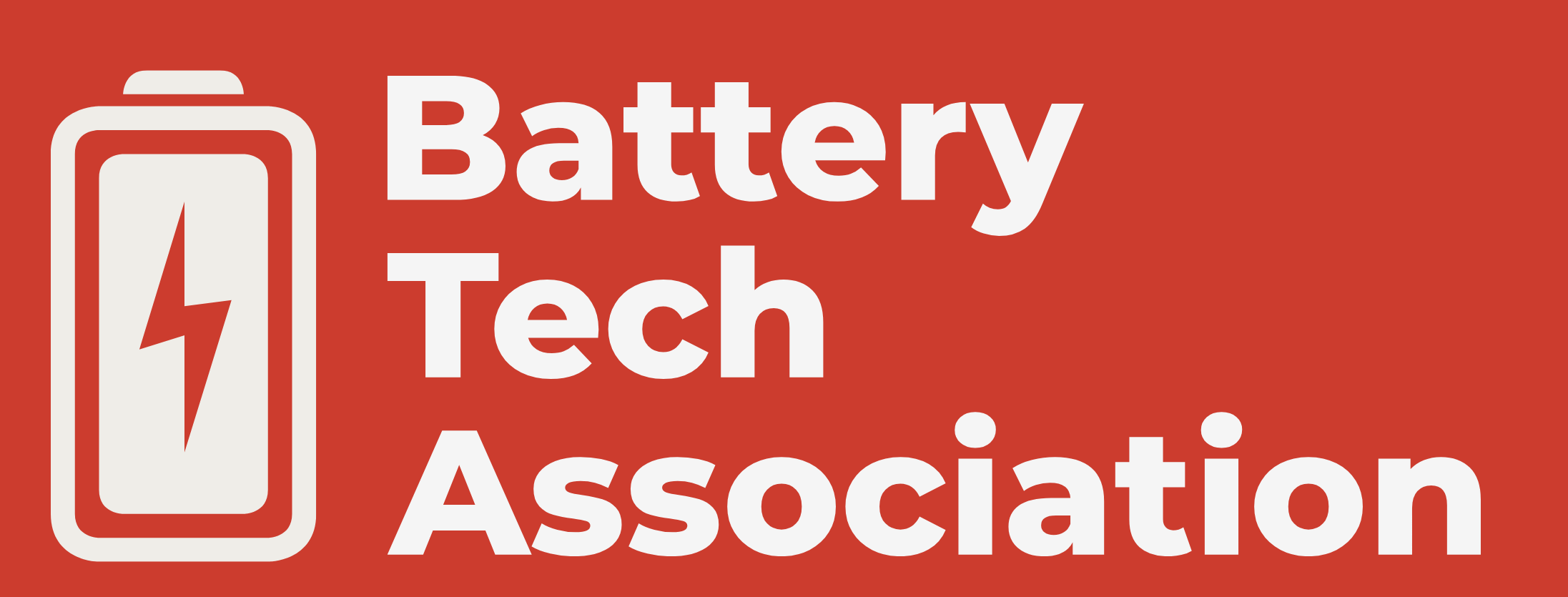ChargePoint Technology produce a wide range of Split Butterfly Transfer Valves aimed at providing the highest level of product and operator protection during the transfer of potent powders.
The original ChargePoint contained transfer valve was developed in 1997 with Glaxo Pharmaceuticals (now GlaxoSmithKline) to provide high containment transfers of pharmaceutical active ingredients. Today this device is used in many different industries to provide product and operator protection during transfers of product into or out of a process.
The battery production process is becoming increasingly complex as safety measures become more stringent and the demand for better-performing batteries produced at lower cost rises.
Battery manufacturers face numerous risks and challenges, in relation to product quality and operator safety, during the production process.
Occupational Safety
The materials utilised in battery production are often in raw, carcinogenic, and flammable powder form. Manufacturers must factor-in a stringent and compliant containment strategy for hazard potential OEB 4 (1-10µg/m³) or OEB 5 (<1µg/m³). The ChargePoint Split butterfly valve was designed to operate to these high levels of protection.
Product and Process Integrity
To maintain the quality and performance of the battery, manufacturers often use controlled environments with low humidity levels or inert gases like N2 or Ar to prevent exposure to moisture and oxygen during this stage. The transfer process in a Split Butterfly Valve is a sealed process and does not allow ingress from the external environment to the product.
Benefits of Split Butterfly Valve Technology
ChargePoint Technology’s range of high-quality and innovative single and multi-use containment solutions ensures that the handling of sensitive or toxic powders, when manufacturing battery components is safe, cost-effective and efficient delivering the following benefits:
Powder containment and dust emission control to OEB4 & OEB5 level
Ensure product quality assurance.
Protects against moisture ingress.
Maintain inert environments.
Suitable for hazardous environments with explosion risk, Atex & Class 1 Div1 certified.
Reduce risks of cross contamination
Regulatory compliance
Sectors
Next Generation Batteries
Battery Material Production
Battery Production
Battery Recycling
Applications
R&D Scale
Pilot Scale
Commercial Battery Production

